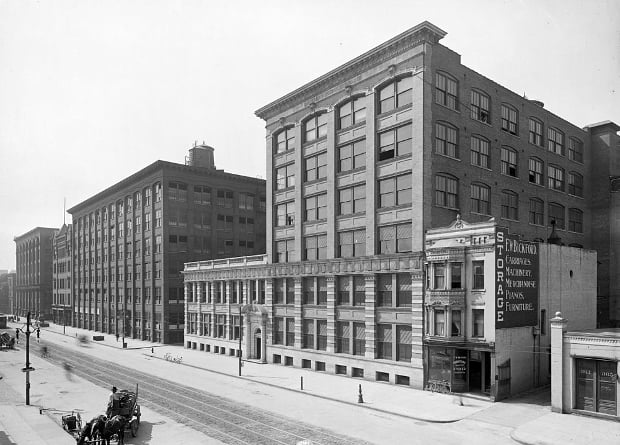Why Kodak Isn’t Out of the Woods Yet
![]()
Kodak clawed its way out of bankruptcy this past Tuesday, but the Rochester-based company has a long climb yet.
There’s been plenty of talk on this topic over the past week, but most of it seem to be focused on what Kodak gave up to emerge from the shadow of Chapter 11. NBC News, for example, emphasizes the loss of consumer-oriented operations and a 50% reduction in yearly expected revenue when they discuss the “New Kodak Moment.”
Anyone with an appreciation for Kodak’s heritage is sure to feel a twinge of sadness over these developments, but it is still far too early to be asking if the sacrifice was worth it. The more important question is “will it work?”
To understand why Kodak is still far from safety, it’s important to understand why the company entered bankruptcy in the first place, and what it means now that it’s out.

Typically, businesses declare bankruptcy when they are burdened by debts they can’t hope to pay off. They are then protected from the demands of creditors for a period of time, allowing them to either liquidate assets to pay debt, or restructure the business to return to profitability. It’s a beneficial system for both debtors and creditors because it helps businesses to pay off debts that would have just pushed them into oblivion otherwise.
When Kodak declared bankruptcy in January of 2012, the company had some serious debts to pay off, including $2.8 billion in unpaid pensions to former UK employees. To put that in perspective, the company is projected to bring in just $2.5 billion in revenue this year.
After selling more than a thousand patents and axing its consumer imaging operations, Kodak has now eliminated much of the debt that’s been hanging over its head. But even with the debt under control, one bankruptcy is often a sign of bad things to come.
Michelle White with the National Bureau of Economic Research points out that about a third of restructured companies need to go through the whole process again within the next few years. This phenomenon has led to the rise of the terms “Chapter 22s” and “Chapter 33s” for companies that have filed for Chapter 11 two or even three times.
![]()
In other words, dealing with debt doesn’t mean that a company has fixed the underlying problem that caused it to go into debt. And it’s not clear that Kodak has solved its biggest shortcoming: business strategies and focuses that are out of touch with present market conditions.
So far, Kodak has indicated that it will be relying on commercial printing as its “bread and butter,” but CEO Antonio Perez also freely admitted to Bloomberg that the company is “late coming into this market.”
Still, the promise on Kodak’s new website is that “technological expertise” will be its saving grace — a proclamation that seems eerily similar to one the company made in its zany 2007 promotional video, “We’re not playing Grab Ass Anymore.” With any luck, this “technological expertise” will be more useful this time around.
Kodak also has high hopes for its cinema film division. But as more film makers make the switch to digital cameras, manufacturing professional cinema film hardly sounds like a stable source of business. Perhaps that’s why Fujifilm stopped making the stuff last year.

Finally, Kodak is planning to capitalize on its name recognition by licensing out the brand to manufacturers of photographic equipment. The company has already formed a partnership with JK Imaging, who will be releasing a Micro Four Thirds Camera called the S1 later this year. As I pointed out in my last column, however, brand licensing is, at best, an easy way to pick a little extra revenue. At worst, it’s a liability to your brand.
So you see, despite the company’s emergence from bankruptcy, it’s likely Kodak will face hard times in the near future. Even if restructuring did the trick and put the company back in the black, we’re talking about a very different company than the historic Eastman Kodak many have come to revere.
On the bright side, the modern Kodak is now more divorced than ever from its photographic legacy. So whether the company rises or falls, it’s not likely to reflect much on the heritage that is displayed and celebrated by organizations like the George Eastman House.
Image credit: Kodak Instamatic X-15 by spDuchamp, Eastman Kodak HQ 1900 by Detroit Publishing Company and Kodak Tower Top by Thomas Belknap